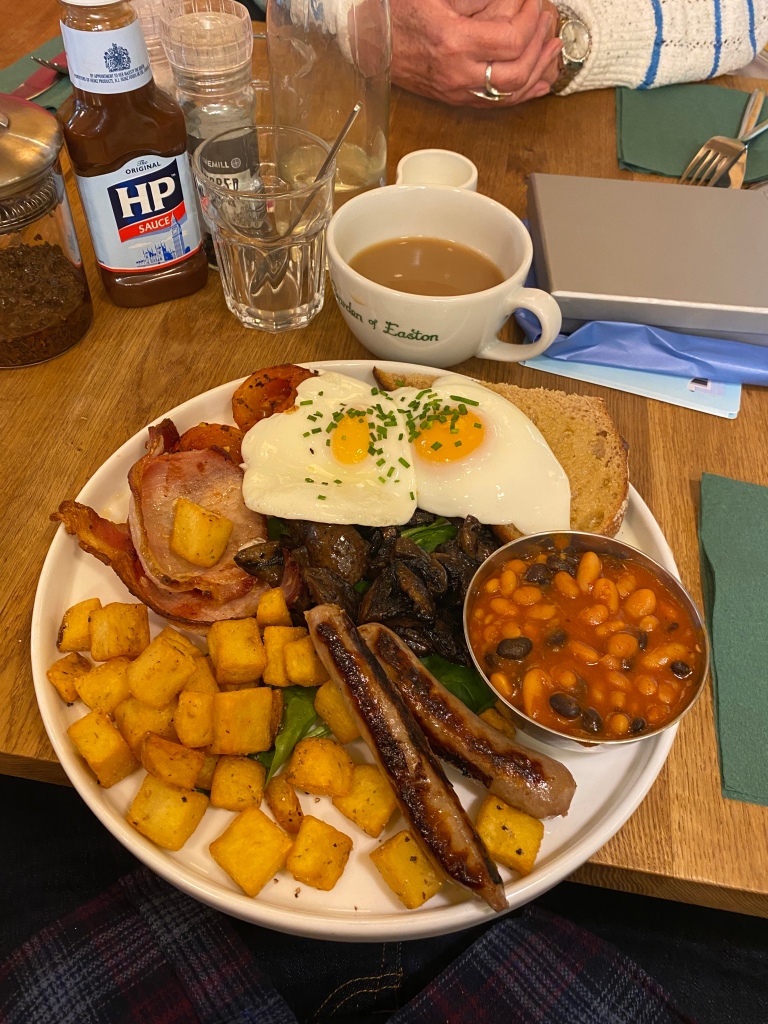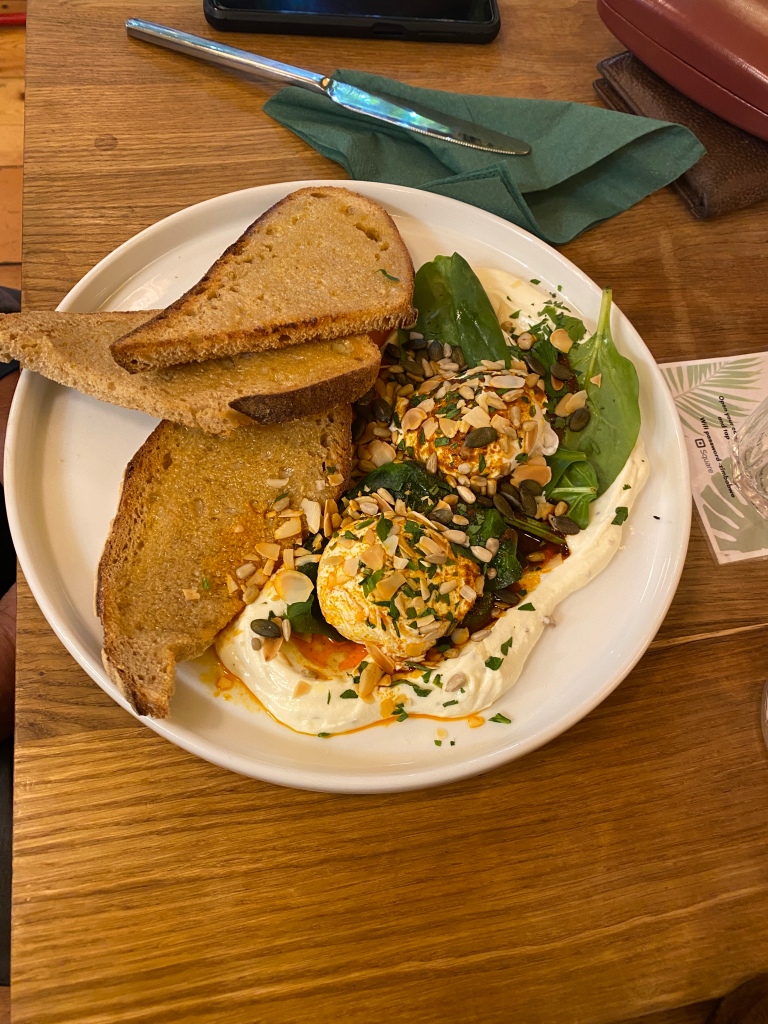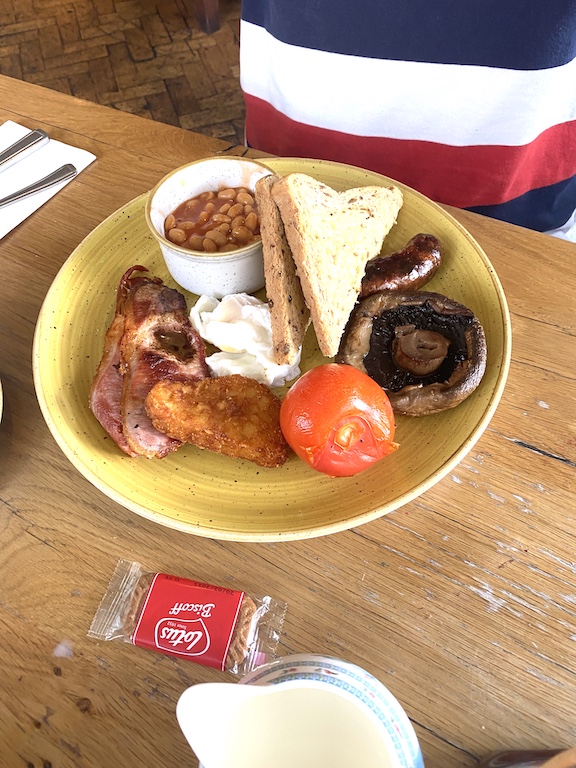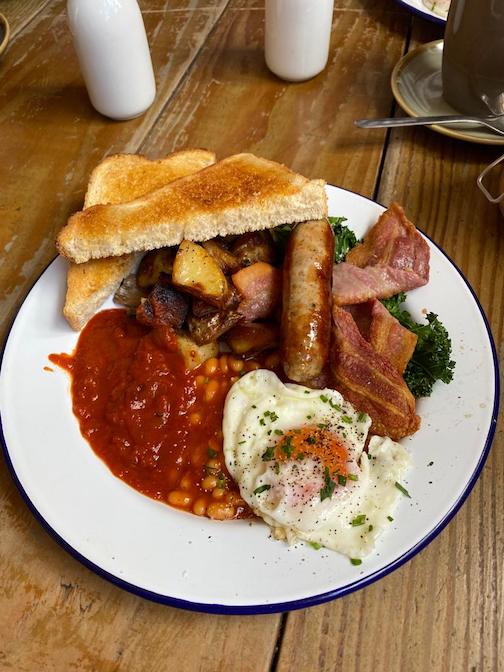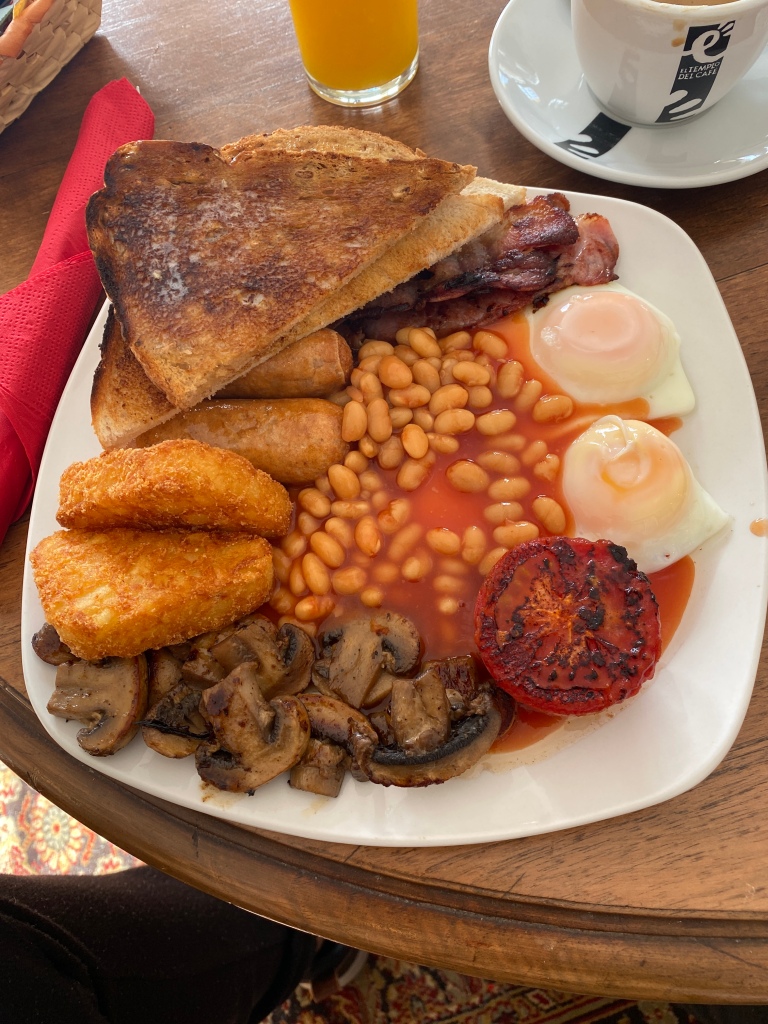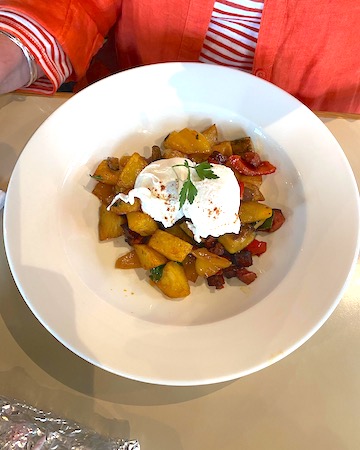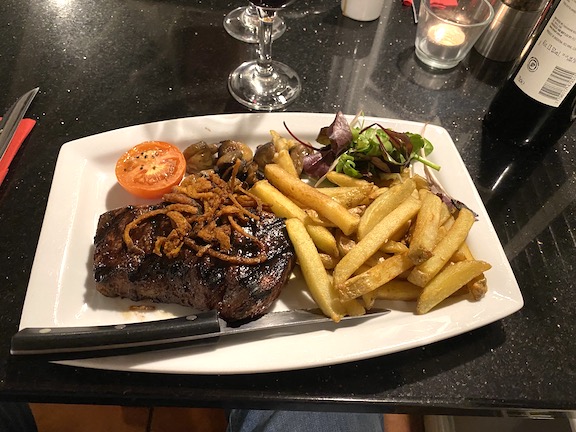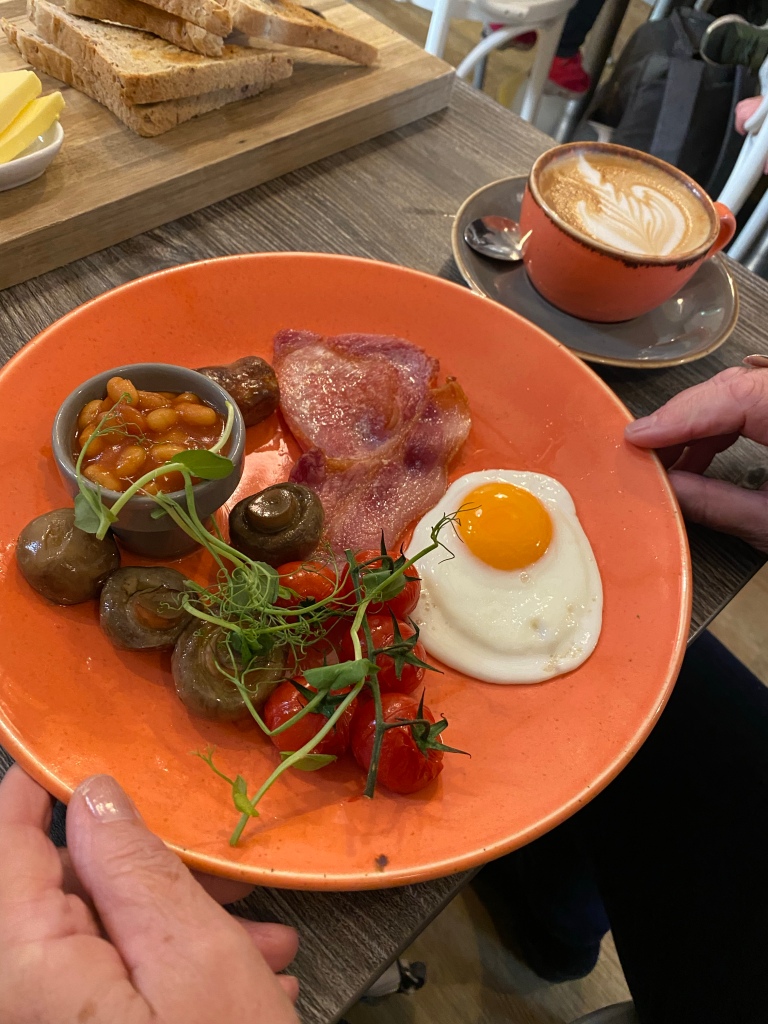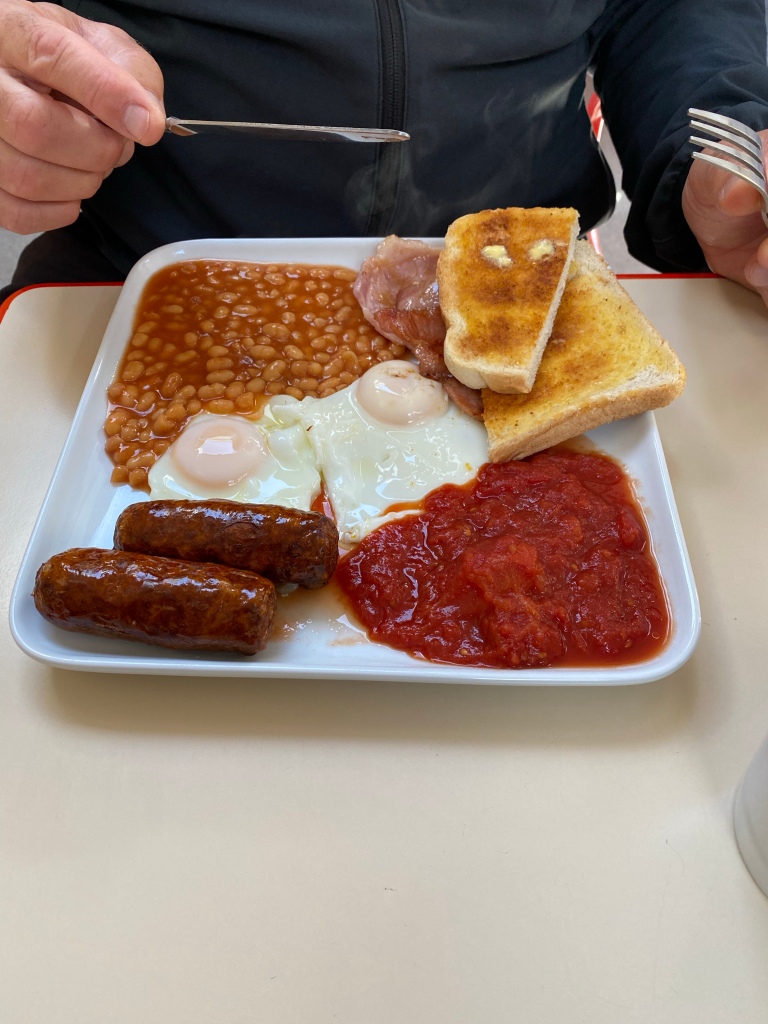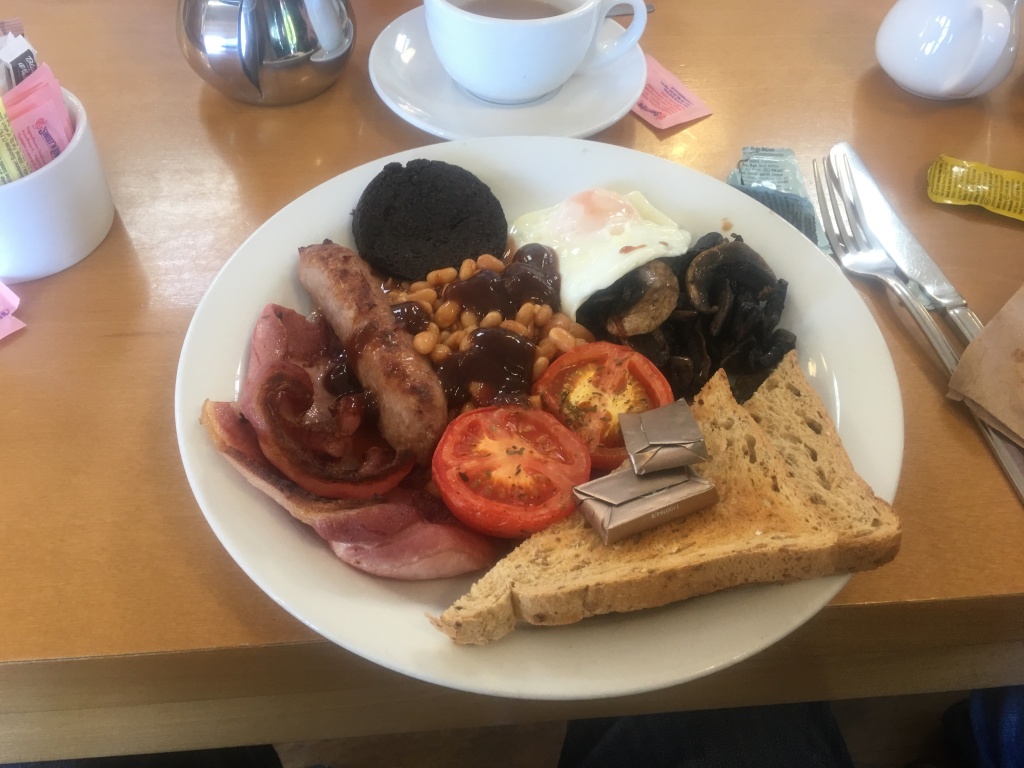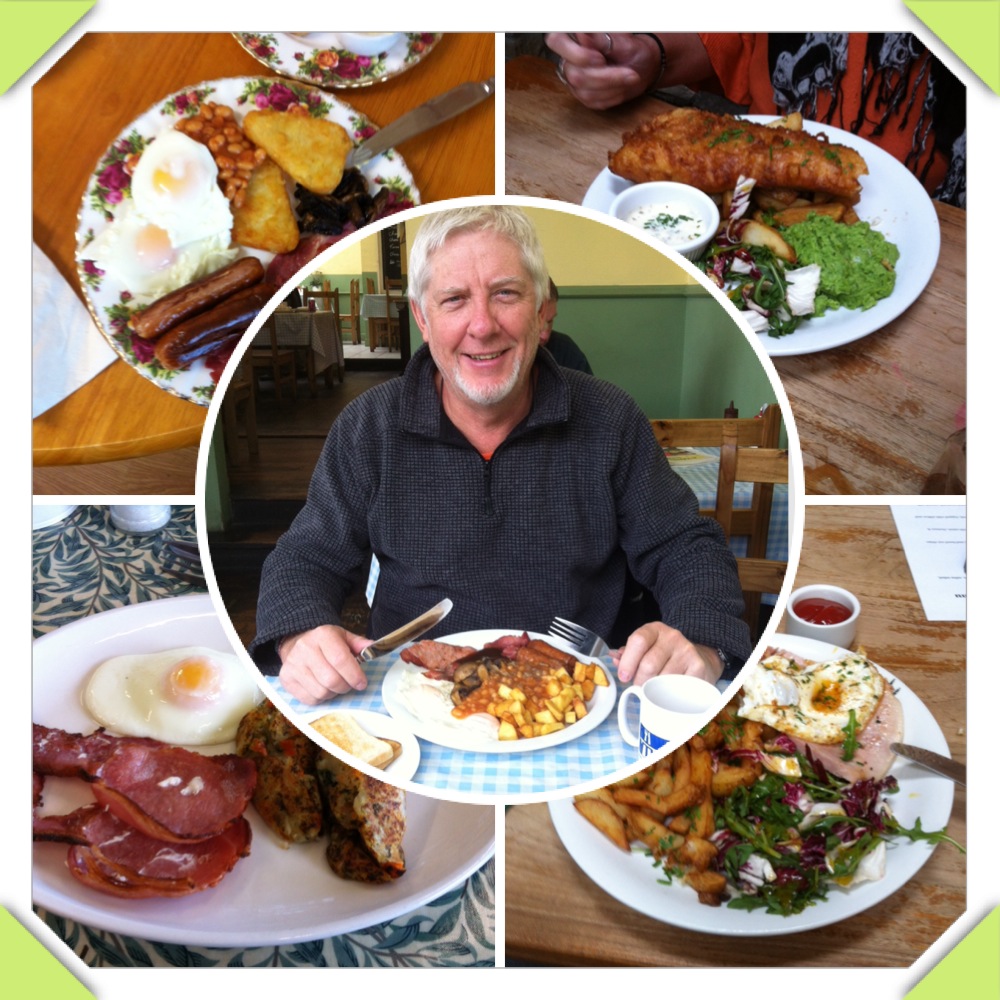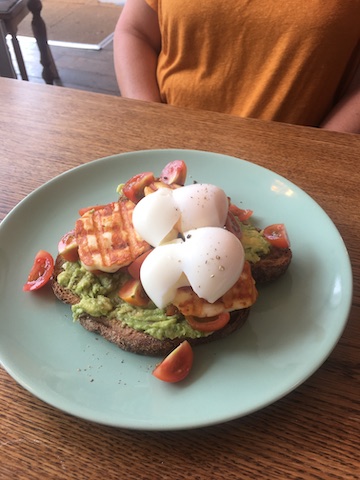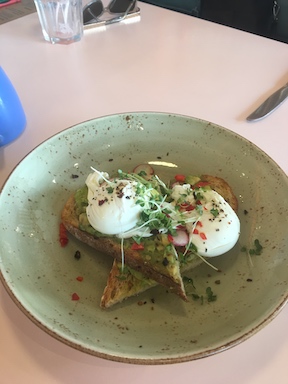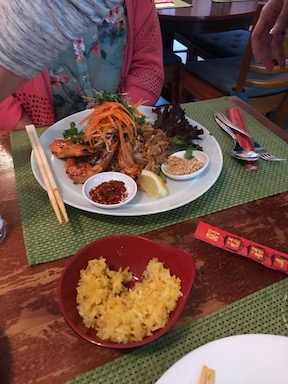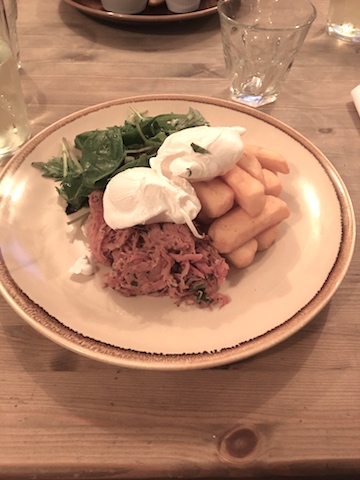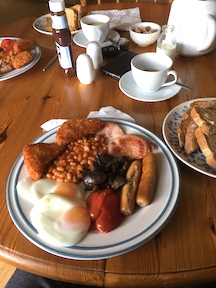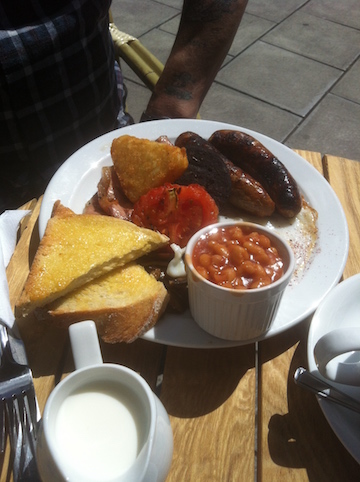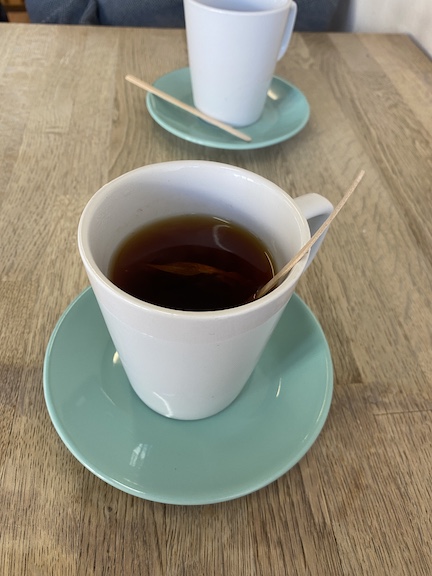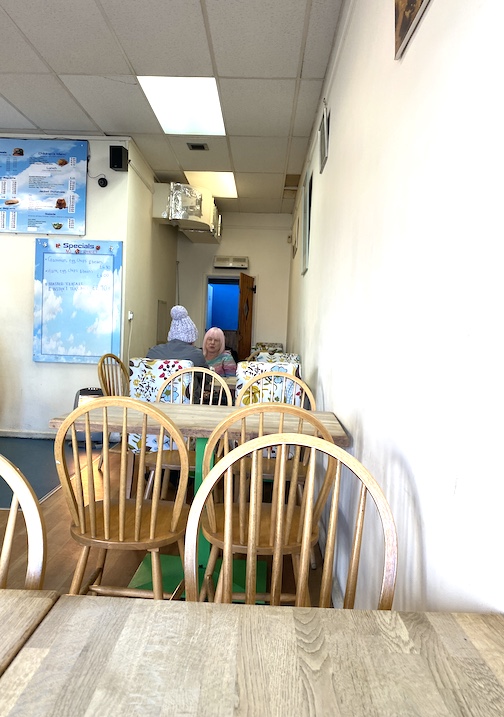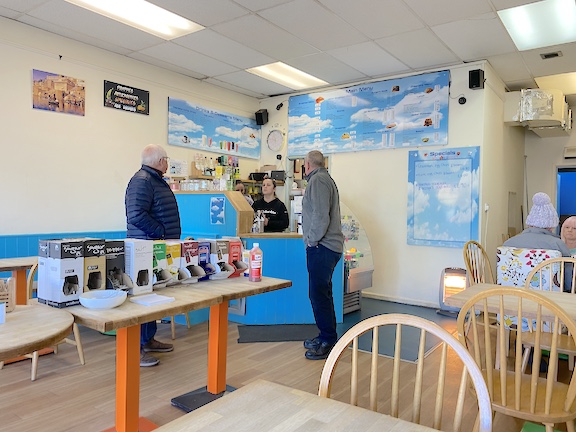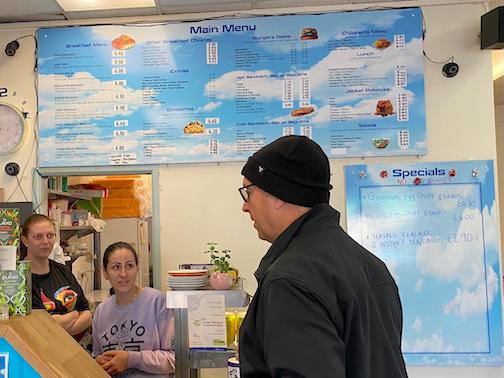This is a copy of a report by Zoe Health study.
Food is big business. And unfortunately, where there are profits to be made, people like to have a finger in the pie.
The U.S. Food and Drug Administration defines food fraud as “when someone intentionally leaves out, takes out, or substitutes a valuable ingredient or part of a food,” or “when someone adds a substance to a food to make it appear better or of greater value.”
In other words, food fraud occurs when a product is not what it claims to be on the label or menu.
Estimates suggest that food fraud could affect 1% of commercially sold products worldwide. But its true extent is unknown because the majority of quality problems go undetected and don’t lead to food safety risks.
In this article, we reveal the five most common counterfeit foods — and the red flags to watch out for at the grocery store.
1. Olive oil
Extra virgin olive oil is a staple of the Mediterranean diet and contains plenty of healthy unsaturated fats.
Consumers pay high prices for olive oil from the sunbathed groves of Italy or Spain, but for those of us who swear by this liquid gold, there’s bad news.
Olive oil marketed as “extra virgin” may actually be diluted with other vegetable oils or made with olives from which oil has already been extracted once.
Several investigations have found vegetable oil mixtures containing sunflower, corn, palm, rapeseed, and even avocado oil masquerading as extra virgin or virgin olive oil.
In a shocking fraud case nicknamed “Operacìon Colesterol” in 2006, officials discovered 76,000 liters of sunflower oil treated with preservatives and dyes to look like olive oil.
The fake product was labeled by 14 different brands in Spain as pure olive oil when, in fact, the olive oil content was only about 20%.
What’s more, olive oil claiming to be “from Italy” or “from Spain” may be nothing of the sort. It could have been imported to those countries from elsewhere, then re-exported after further processing or a short stay in the port — because technically that’s not lying.
In 2018, officials caught the largest olive oil cooperative in Spain exporting a low-quality blend of Tunisian, Moroccan, and Spanish olive oil disguised as virgin olive oil to the United States.
While the majority of fraud cases don’t lead to health concerns, substitutions with some seed or nut oils could have unintended consequences for people with allergies.
Fake extra virgin olive oil also misleads consumers into thinking they’re making a healthy choice.
If you don’t want to be fooled, your best bet is to look for bottles with marks like PDO (protected designation of origin) or PGI (protected geographical indication), which should distinguish good quality olive oil.
2. Fish
When you’re deciding which are the best (and worst) types of fish to eat, navigating the health risks and environmental impacts of fishing can be tricky.
To make matters even more complicated, fish is a major offender when it comes to faking it.
Fish fraud is often a case of mislabeling, where retailers pass off cheap fish as valuable varieties, disguise imported seafood as regional favorites, or sell vulnerable species as a sustainable catch.
In 2018, researchers from the ocean conservation organization Oceana tested 449 samples of popular fish across the U.S. and found that 21% — 1 in every 5 — were mislabeled.
On top of this, 1 in every 3 establishments they inspected sold at least one fake fish item.
Restaurants and small markets were particularly risky, as 26% and 24% of seafood samples were fraudulent, respectively. Larger chain grocery stores were more trustworthy.
Fish fraud tricks consumers into overpaying and can lead to harmful health effects like food poisoning if the origin, potential contaminants, and handling process of the product are undocumented.
Given that fish and shellfish are among the most common food allergies in the U.S switching one species for another could also pose life-threatening allergen risks.
The fish on your plate might not be the healthy and sustainable source of protein you think it is.
To avoid being cheated — catfished, if you will — you might want to inform yourself about the fish you’re buying and ask lots of questions at the seafood counter (what species is it; where, when, and how was it caught?).
You can also look into the price you should expect to be paying: If a deal seems too good to be true, it probably is.
Try to buy whole fish, which is harder to pawn off as something else, and eat in season. A common seafood swap is tilefish instead of red snapper, particularly when red snapper is out of season and therefore less abundant.
A telltale sign that something fishy is going on, is if you see anything labeled as white tuna.
This fish doesn’t exist. Often, it’s a cheap and oily fish known as escolar, which could upset your stomach.
3. Honey
There’s nothing like a dollop of honey melting into a steaming mug of herbal tea in the colder months.
But if you’ve been the victim of honey fraud, you might as well mix a spoonful of sugar into your brew.
In a study of 100 commercial honey samples from around the world, researchers found that 27% were thinned out with sweeteners like corn syrup and cane sugar.
So-called honey can contain any number of sneaky substances.
If you’re lucky, you might be able to spot them in the ingredients list. Keep an eye out for:
- sugar syrup
- corn syrup
- fructose
- sucrose
- glucose
- high fructose corn syrup
- beet sugar
Honey laundering, as honey fraud is also known, can also involve lying about the geographical origin of a product or about which plants the nectar came from.
To avoid fraudsters pouring honey in your ear, try to go for small batch or locally made honey, which you can trust to be authentic.
4. Fruit juice
It’s no secret that juice is high in sugar, but a glass of squeezed, vitamin-packed fruit is surely better for your health than a sugary can of soda — or is it?
Fruit juice is easy to fake, and manufacturers sometimes cut breakfast favorites like orange juice with cheaper alternatives, including lemon, grapefruit, or mandarin juice.
In more severe fraud cases, you might be getting a watered down cocktail of dyes and sugary flavorings instead of one of your five a day.
What you think is pure apple juice, for example, could contain questionable additives like high fructose corn syrup, raisin sweetener, fructose, and malic acid.
You might want to beware of “superfood” claims on items like pomegranate juice — grape juice is remarkably similar in color — and watch out for mysterious ingredients.
As a fraud-free option, you can try squeezing your own juice at home.
5. Spices
Not only do they elevate any dish, but some spices like cloves and star anise contain high levels of polyphenols, which may help protect you from chronic health conditions like heart disease and type 2 diabetes.
There’s one downside to spices: Their powdered form makes it hard to tell the real deal from an anonymous mix of brown or red dust.
Take ground black pepper, for example. Reportshave detected all kinds of impurities like colored starch, papaya seeds, buckwheat, flour, twigs, and millet masquerading as black pepper.
To keep from getting conned, opt for whole black pepper instead of the ground stuff.
Powder seasonings are easy to adulterate, but more elaborate spices like vanilla extract and saffron are also ripe for the faking.
Saffron threads are the dried stigmata of a flower, the saffron crocus, and cost upwards of $2,000 a pound because of the laborious harvesting process.
Dupes may contain other parts of the saffron plant like petals or styles. If you’re really unlucky, the filaments could be from a completely different flower, or they might even be dried onion colored with orange dye.
There’s a reason why saffron is expensive, so bargains are probably a red flag. You might also want to be wary of saffron powder, which is easier to fake than whole threads.
When it comes to vanilla extract, a quick look at the label will often reveal any unwanted ingredients. These include vanillin, a synthetic alternative to vanilla, and any added sugar or sweetener like high fructose corn syrup.
Summary
Food fraud is a global issue, and we’ve probably all been fooled before.
It predominantly affects prized foods like extra virgin olive oil and saffron, but you might also want to take care when buying products like fruit juice, honey, black pepper, and fish.
While the majority of fraud cases don’t carry major food safety risks, some substitutions may lead to food poisoning and have unintended consequences for people with allergies. You may also be misled into thinking you’re making a healthy or sustainable choice.
Fake foods are difficult to root out, but you can avoid most of them by:
- reading the ingredients list
- choosing whole foods whenever possible
- buying local products
- eating in season
Although these steps require doing a bit of homework, it’s worth the trouble to know what’s on your plate.

